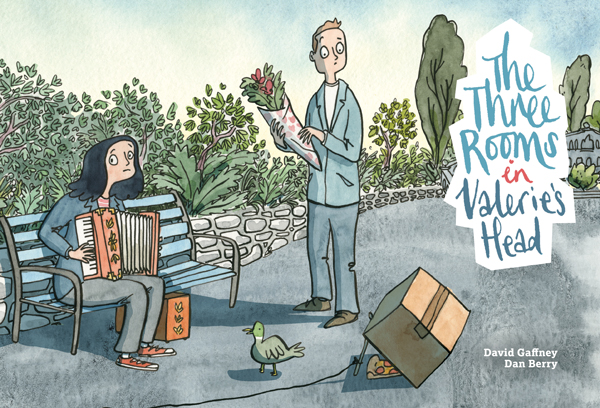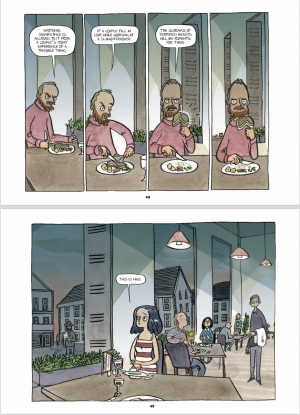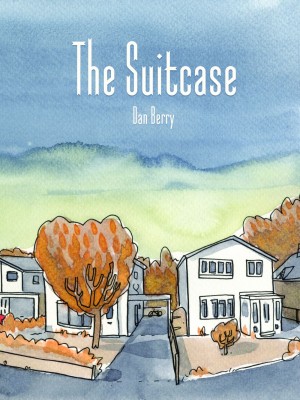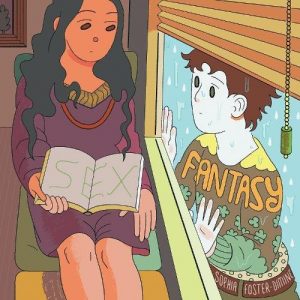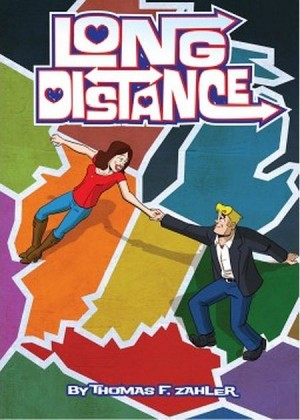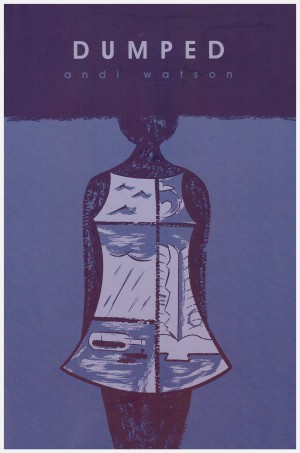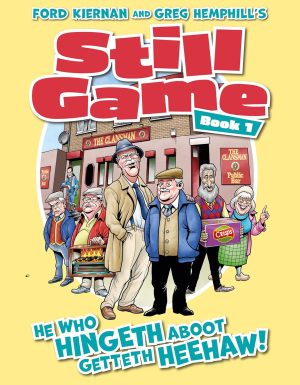Review by Graham Johnstone
Valerie is a single woman and melodeon virtuoso – “the region’s leading player of bellows-based keyboard instruments, according to the Lancashire Post”. She also, as the title says, has three rooms in her head, and we’re introduced to these in a charming cutaway drawing. The front room is where she mainly lives; the back room is where she consigns anything she doesn’t want to think about; and the basement is where she keeps her exes, as memories, or undead remains, or whatever. Sometimes she brings them up to the front room, and arranges them into scenes: a dispute around a pool table, or a trad jazz quartet. Sometimes she makes them speak, and on other occasions, they speak for themselves – perhaps voicing her own repressed doubts and fears. They tell her no one will ever love her, and question her ability to ‘chit-chat’.
The relationships and their ingeniously peculiar obstacles are told in flashbacks. Valerie and Jake are obsessed with quantifying their relationship, but struggle to agree when to start counting from. Brett analyses everything, including the nature of romance itself, which ends in a beautiful image of everyone in the restaurant apart from Valerie, staring at him (pictured). Daniel will only have sex with her in empty houses neither of them own. Gus, while working at Photoquick, develops a fetish for blurred nudes, and so on. Valerie’s hardly without difficult quirks herself. Her method of identifying the perfect ‘catch’ merges the metaphorical and literal. She throws suitors a breakable object (ideally belonging to someone else) to to see how they react.
In addition to their relationships with Valerie, the exes provide their own quirky stories within the story. Jake works for an Estate Agent, tasked with making properties look more appealing, but starts sneaking in magical little details. Daniel’s apartment is a great find, apart from the giant neon question mark outside his window. Gus works at Cleckheaton Accordion Shop and commissions from her an instructional video about the melodeon. He should be perfect for Valerie, but sees in her video a deep strangeness that she is blind to. On reading in the author bio that David Gaffney is known for his ‘flash fiction’, (or “short short stories”), it makes sense – what we have here is a collection of witty, poetic, mischievous, flash fictions woven together with the device of Valerie’s exes. The weaving together is pretty artful, and results in an incremental portrait of Valerie.
Dan Berry’s art has an expressive, yet surely hard-earned look. As we become acclimatised to the precision of computer art, it’s refreshing to see lines that look created by historic technology and the human hand – it’s like a Sunday drive to a village tea room. Berry’s a master cartoonist, adept at conveying movement, and physical expression. There’s a great example over several pages, as Gus struggles with telling Valerie what’s wrong with her video. Behind Berry’s cartoonist hand is a fine artist’s eye – there’s something of Saul Steinberg in his sense of composition and treatment of the built environment (pictured, lower). He’s also able to adapt his style and palette where the story requires it.
There’s really little to find fault with here, except perhaps that it’s a pretty slim read for your twenty dollars. The landscape format doubles-up what’s really just sixty regular pages, and you can finish it in less time than an American sitcom. Still, it’s packed with wit and artistry, and you’ll want to re-read it – possibly as soon as you’ve finished.
